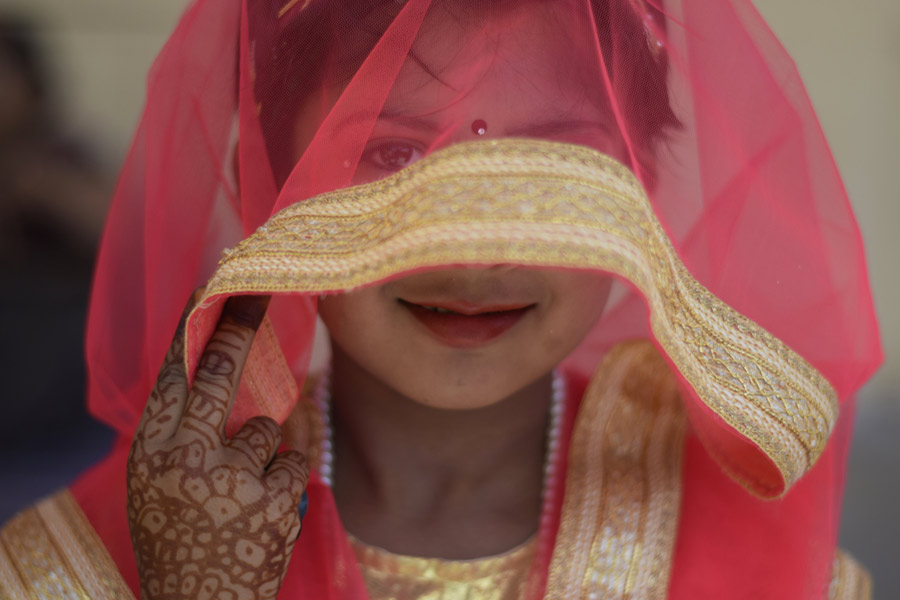Repeated efforts to stop child marriages in India have still not borne fruit. Policies and laws, social awareness programmes and administrative intervention have not worked. The National Commission for Protection of Child Rights has suggested that around 11 lakh minors were married off in 2023-24 — and 2024 is not over yet. Against this backdrop, the Supreme Court has provided strict guidelines to prevent child marriage to states and Union territories. Apart from ordering that every district should have a child marriage prevention officer, the court also tasked police officers and collectors to intervene whenever they received a message that a minor marriage was about to take place, even if it were just a suspicion. Judicial magistrates, too, would have to be alert, especially on so-called auspicious days when mass weddings took place; these were the ideal sites for minor marriages. Anyone conducting, promoting or blessing a child marriage would be prosecuted as would be any government official who did not prevent a minor marriage even after knowing it was taking place or who was present on the occasion.
The Supreme Court’s guidelines are detailed and clear; the question is whether all the officers made responsible would do their duty. Some systems, not so meticulous, had existed. So the failure of the Prohibition of Child Marriage Act, 2006 cannot be explained except by acknowledging deeply embedded cultural beliefs and practices. West Bengal, in spite of its incentives against child marriage, has one of the highest rates of minor marriage, with three of its districts, a recent survey has revealed, showing the highest prevalence of early marriage. Child marriage is considered a good thing, especially in rural areas, but economic reasons are as strong nowadays. Dowry and, in the poorest families, the extra mouth to feed, become burdens. There is also a real fear among working parents of having to leave a growing girl unattended. A child activist has suggested that free education be continued until graduation and the age for labour be raised from 14 to 18. These would aid the prevention efforts from the flank. The Supreme Court, however, has not said whether the PCMA should override personal laws, since an amendment to the PCMA to this effect is awaiting Parliament’s decision. It is to be hoped that this amendment would apply to the personal laws of all communities and not be selective. Otherwise the point of prevention would be lost.











